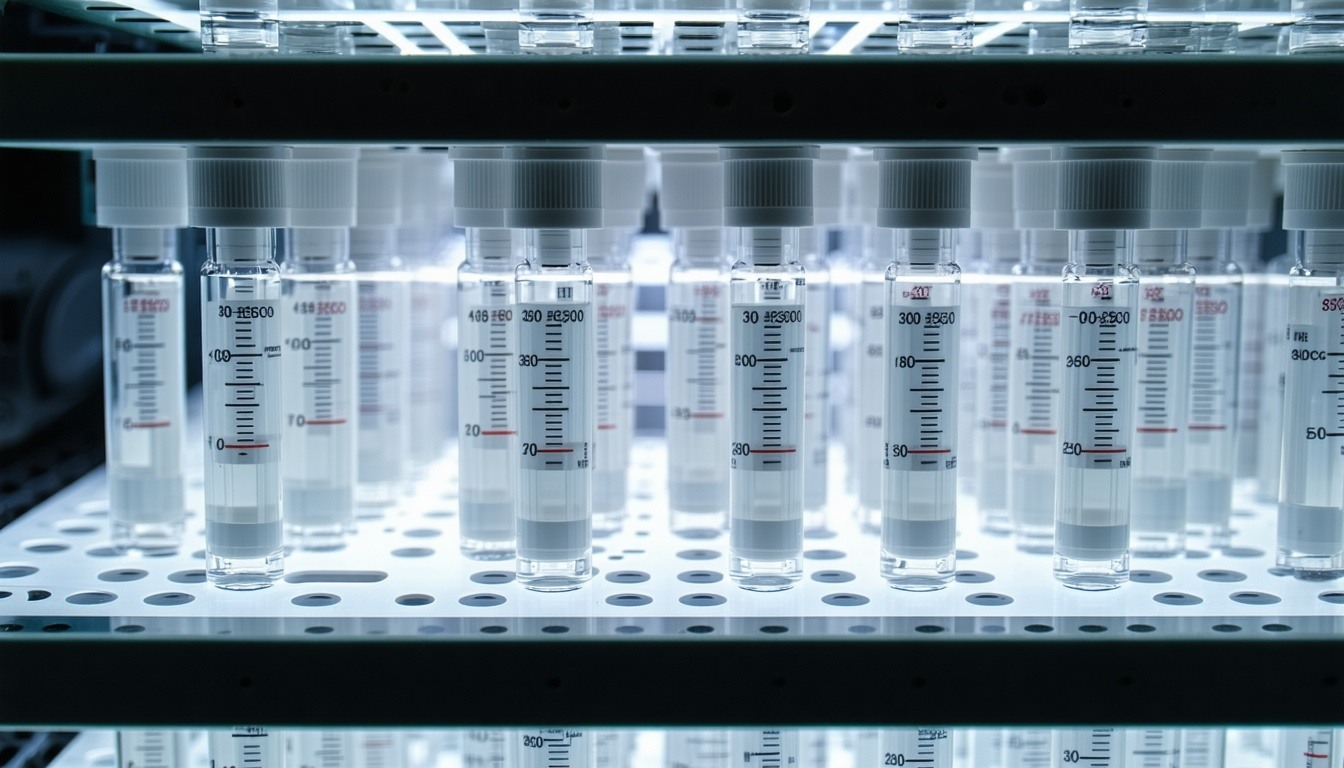Audit-Ready and
In Control
ISO/IEC 17025-accredited calibration, validation, temperature mapping, and metrology services—trusted by regulated industries for over 30 years
ISO/IEC 17025 Accredited
At Instrument Technologies, precision isn't just a promise—it’s verified. We are ISO/IEC 17025:2017 accredited by A2LA, ensuring every service meets the highest standards for accuracy, traceability, and regulatory compliance. From FDA-regulated industries to cGMP environments, we help you stay audit-ready—every time.
Expert Metrology Services That Keep You in Spec
From temperature and pressure to electrical and analytical instruments, our accredited metrology lab delivers precise, NIST-traceable calibration services tailored to your industry. Whether in our lab or at your site, we ensure your instruments perform with confidence. Explore our most notable metrology service options:

On-Site Calibration Services
We provide top-quality on-site calibration services with skilled technicians, enhancing your calibration program.

Temperature Mapping & Validation Services
Our temperature mapping and equipment qualification services support your validation needs.

Calibration Training
We offer customized training for your technicians to calibrate, maintain, and troubleshoot instruments, either on-site or off-site.
Experience the Difference With Instrument Technologies
Uncalibrated instruments create risk—missed specs, failed audits, and unexpected downtime can derail even the best operations. Staying compliant doesn’t have to be stressful.
At Instrument Technologies Inc., we make precision simple. As an ISO/IEC 17025-accredited provider, we help you maintain accurate measurements, pass audits with confidence, and keep your team focused on what matters most.
- Certified Precision: NIST-traceable calibration for consistent accuracy and regulatory compliance
- Fast Turnarounds: Most lab services completed within 72 hours to keep your operation running
- Audit-Ready Records: Clean, clear documentation included with every service
From advanced manufacturing and aerospace to energy, R&D, and utilities—ITI supports mission-critical industries with dependable calibration solutions and decades of experience.

Choose ITI for the Best of Local Metrology Service with National Support
ITI is your go-to partner for accuracy, compliance, and efficiency. Here’s what makes us unique:
Powered by
Accredited Labs
Accredited Labs provides Instrument Technologies with the resources to bring top-tier calibration services, backed by a national standard of excellence.
Putting Customers First
We prioritize clear communication and reliability. Our equipment calibration and repair services ensure exceptional performance and trustworthiness.
Personalized Assistance to
Meet Industry Demands
Our team will understand your business to deliver the calibration support that fits your needs.
Getting Started Is Simple
Accurate Calibration in Just Three Simple Steps:
Share Your Equipment Details
Send us your equipment list or reach out for a quick consultation—we’ll review exactly what you need calibrated.
Get a Fast, Transparent Quote
We’ll send you a clear quote and schedule service at your lab or on-site—whatever works best for your team.
Stay Compliant With Confidence
Receive certified results, audit-ready documentation, and dependable service that keeps your operation running without disruption.
Let’s Get You Audit-Ready
Quality managers, engineers, and technical teams across regulated industries trust Instrument Technologies to deliver precise, accredited calibration—on time, every time. We help you stay compliant, avoid costly surprises, and keep operations moving with confidence.
Industries We Serve
The Instrument Technologies team specializes in a variety of industries, including: